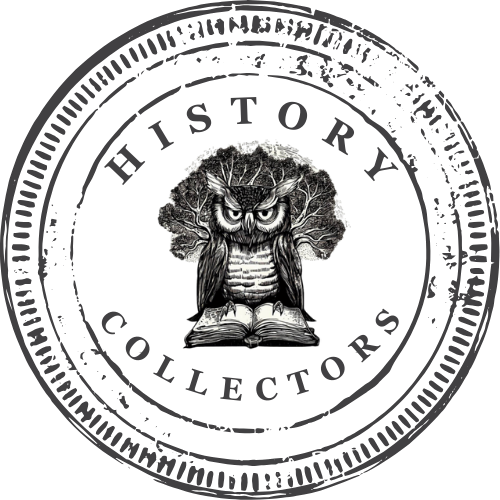
In the labyrinthine streets of Victorian London, where fog blanketed the cobblestones and gas lamps flickered into the night, a literary phenomenon was born that would captivate and scandalize the masses: the penny dreadful. Cheap, sensational, and wildly popular, these serialized stories painted a vivid picture of 19th-century popular culture, influencing generations of readers and giving rise to a unique form of literature. But what exactly were these mysterious publications, who devoured their pages, and how did they find their way across the Atlantic to America? Let’s delve into the dark and dramatic world of penny dreadfuls to uncover their secrets.
Origins and Popularity
The term "penny dreadful" was coined to describe a variety of serialized publications that began in the 1830s in Britain. Sold for a penny per installment, these booklets were accessible to the working class, contrasting sharply with the more expensive "shilling shockers" that were aimed at the middle class. The production was centered in urban areas, particularly in London, where publishers could capitalize on the dense population and the growing literacy rates among the lower classes.
Type of Content
Penny dreadfuls predominantly featured sensational stories designed to thrill and engage. They were filled with tales of gothic horror, supernatural mysteries, criminal exploits, and daring adventures. Popular narratives included stories of Sweeney Todd, the demon barber of Fleet Street, who would murder his clients; Varney the Vampire, which contributed to the vampire lore that Bram Stoker would later solidify in "Dracula"; and tales of highwaymen and pirates. These publications reveled in the macabre and the sensational, often accompanied by vivid illustrations that added to the allure.
Demographics of Readership
Penny dreadfuls primarily targeted young working-class men, but their appeal soon spread. Adolescents and adults alike were drawn to their pages, eager for escape into worlds more thrilling and dangerous than their own. For many young readers, penny dreadfuls were a gateway to literacy, offering engaging narratives that encouraged regular reading habits.
Distribution and Sales
In Britain, penny dreadfuls were sold through multiple channels. They could be found in urban newsstands, bought from street vendors, and sold in the bustling markets of cities. Their low price made them accessible to even the least affluent, ensuring a wide and eager audience. Additionally, they were often passed around among groups of readers, extending their reach well beyond their initial purchase.
Penny Dreadfuls in America
While penny dreadfuls were a distinctly British phenomenon, similar trends emerged in the United States in the form of dime novels. These were equally sensational and were sold for ten cents, reflecting the American adaptation of the concept. However, actual British penny dreadfuls also found their way to American shores. They were sold in larger cities such as New York, where immigrants and others familiar with British culture might seek them out. In America, these publications could be found at similar venues as in Britain—newsstands, general stores, and even through mail subscription.
Dime novels and story papers in America mirrored the content and style of British penny dreadfuls, featuring tales of the Wild West, detective stories, and adventures. Like their British counterparts, these stories were printed cheaply and aimed at a mass audience. They catered to American tastes with stories of frontier life, Native American encounters, and the exploits of real and fictional American heroes.
Cultural Impact and Legacy
The influence of penny dreadfuls extended beyond mere entertainment. They shaped popular perceptions of morality, heroism, and justice. They also played a crucial role in the development of popular literature genres, particularly in how they catered to the public's growing appetite for sensational and escapist narratives. This would pave the way for the rise of comic books, pulp fiction, and even modern genre storytelling in film and television.
In the realm of education, while the literary elite often scorned them, penny dreadfuls provided a stepping stone to literacy for many of the working class. They sparked an interest in reading among those who might otherwise have had little access to books, thus playing a subtle but significant role in the educational development of the masses.
Final Thoughts
From the shadowy alleys of Victorian England to the bustling streets of New York, penny dreadfuls captivated the imaginations of countless readers, leaving a lasting imprint on literary and popular culture. Though often dismissed in their own time as lowbrow or morally suspect, these publications underscore the enduring human love for stories that thrill, chill, and transport us to another world. The legacy of penny dreadfuls—a testament to the power of print and the allure of the sensational—continues to echo through our cultural narratives today, reminding us of the humble, thrilling beginnings of mass-market literature.
If you found any information in this article interesting, click the search icon above or search link below to see if anything relating to your interest is available to add to your collection.
You Can Own A Piece Of History.
